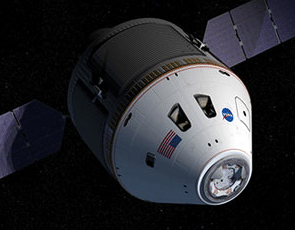 I was beyond excited when we Scirens were invited to the NASA Social for the ORION Spacecraft test launch! (which ended up going perfectly after the 1st scrubbed launch). We had a chance to learn more about this spacecraft which is integral to the next stage of NASA space travel, and its missions, including Asteroid deflection and… *drum roll*… manned missions to Mars. We had the portal to our space future opened to us, guided by some of the most impressive minds in the ‘biz’ and it was an incredible day spent with fellow space nerds and science communicators — the ‘campus’ of the Jet Propulsion Laboratory is my new happy place.
I was beyond excited when we Scirens were invited to the NASA Social for the ORION Spacecraft test launch! (which ended up going perfectly after the 1st scrubbed launch). We had a chance to learn more about this spacecraft which is integral to the next stage of NASA space travel, and its missions, including Asteroid deflection and… *drum roll*… manned missions to Mars. We had the portal to our space future opened to us, guided by some of the most impressive minds in the ‘biz’ and it was an incredible day spent with fellow space nerds and science communicators — the ‘campus’ of the Jet Propulsion Laboratory is my new happy place.
Now on to our FIELD NOTES:
Something new I learned:
 Do I only get to mention one? OK fine (it’s not like I’m getting credit for these posts ;)) One of the future proposed missions for the Orion spacecraft will be ARM – the Asteroid Redirect Mission. Being a storyteller, the idea of ‘deflecting’ an asteroid away from Earth is enticingly dramatic. But this planetary defense initiative is only one part of the proposed missions – -which will include capturing and studying smaller scale asteroids by placing them in a large orbit around the moon. How cool is that? Also? Solar Electric Propulsion will be a reality – using 10 times less propellant than a traditional chemical propulsion system (ie. The ones on Dawn and Voyager)
Do I only get to mention one? OK fine (it’s not like I’m getting credit for these posts ;)) One of the future proposed missions for the Orion spacecraft will be ARM – the Asteroid Redirect Mission. Being a storyteller, the idea of ‘deflecting’ an asteroid away from Earth is enticingly dramatic. But this planetary defense initiative is only one part of the proposed missions – -which will include capturing and studying smaller scale asteroids by placing them in a large orbit around the moon. How cool is that? Also? Solar Electric Propulsion will be a reality – using 10 times less propellant than a traditional chemical propulsion system (ie. The ones on Dawn and Voyager)
What story did you encounter that captured your imagination:
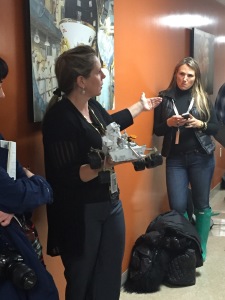
I’m probably not alone in the being taken by the story of the original two Rovers on Mars: Spirit and Opportunity. They landed on Mars three weeks apart, Spirit first, both exceeding their planned missions. However Opportunity was, according to our JPL guide, “handed an opportunity on a plate” because of the amenable location that it landed in. And because of this, Opportunity has exceeded its mission plan by 10 YEARS! I loved the way that she anthropomorphized the Rovers, each unique with their own characteristics. I think that is something that can connect with an audience, no matter what age.
What question did you leave with? What do you want to know more about or explore further:
In learning about the LDSD – the Low Denisty Supersonic Decelerator (you may remember it having a promising yet ultimately failed test flight in Hawaii earlier this year) – the engineer touched upon the need for testing beyond the speed of sound because that is where data transmission is disrupted. This is something I didn’t know – and will be doing research to understand it from a particle physics and electronmagnetic perspective.
What challenged you the most during the event:
Being told I had to leave. But seriously, being at a facility like JPL amongst such brilliant scientists, I always feel this pressure to do better in my life and work, make a difference like these people have and are doing.
If there was a section of the experience that you could bring to life what would it be:
I had this strange desire to just immerse myself in the cosmic DATA. There were these amazing images in the control room of the data feed in and out from the different space crafts to the satellites. And to illustrate it from an artistic perspective, then there was this installation of clear thin tubes that would light up with falling ‘particles’ of light to represent the data packets that had just been received (it looked like a Star Trek transporter). I would love to have ‘jumped’ into that ‘transporter’ and absorb all that extra terrestrial info… and then be able to translate it to the world — to show that we are connected to our solar system through technology. Ok, I know I’m weird.
If you could have brought anyone to the event today who would it have been?
My niece turned 5 today and so I called her to wish her a happy birthday and told her I was at a place where spaceships and robots were made — she asked if there were anything there for girls *Heart Breaks* So I would love to have had her with me to show her that space ships and robots are for everyone!
And… my dad. Because I think he is a secret space geek.
MORE PICS:
Curiosity Rover (a Mini meets an H2) and Mission Control:
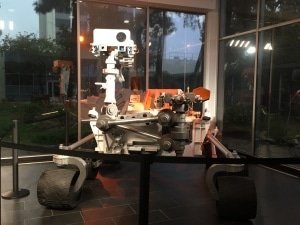
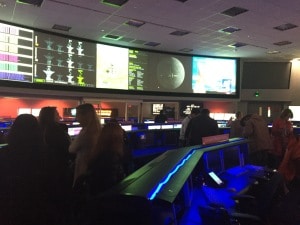
Our NASA Social Group:
Dianna Cowern aka @PhysicsGirl with JPL’s Steve Collins aka @LonghairedNASAguy; fending off the rain in my fedora; Gia excited to be in the control room!
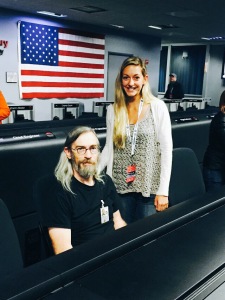
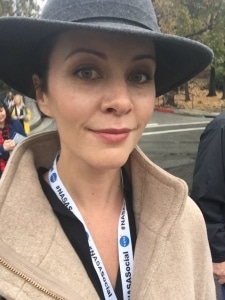
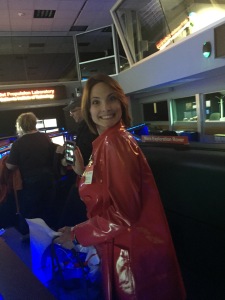
And finally, a lifesize cut out of our buddy Bobak Ferdowsi (aka Mohawk Guy aka @tweetsoutloud) with a jar of peanuts! Everyone eats peanuts on important mission days so future NASA JPL peeps: you can’t have allergies if you want to be in the control room!

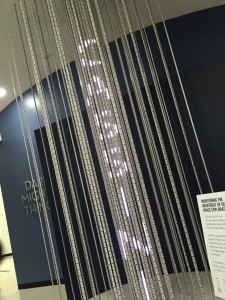
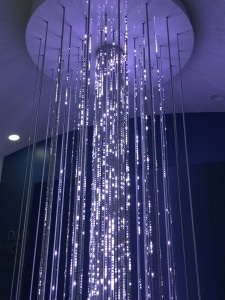
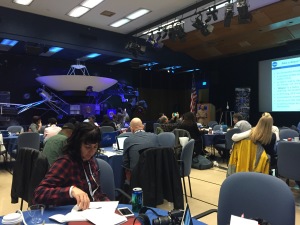
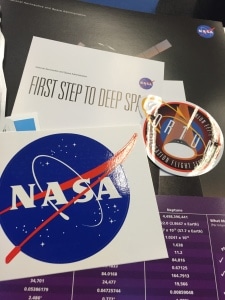
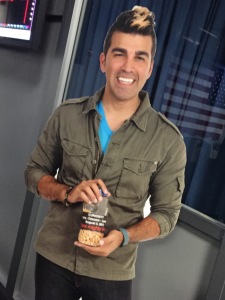
Just a minor correction – Dawn uses Ion engines, Voyager (as you stated correctly) does not.
Love that you are my first commenter Bobak! Thanks for the correction, will make a note in the post!
Here’s a question for you- at what aldttuie does a lunar satelite need to orbit to be ‘Lunosynchronous’? If they put the telescop eon the lunar surface, they’ll need to do it on the back side, but having a lunosynchronous satellite to mainatin contact with the Earth would be a good thing.